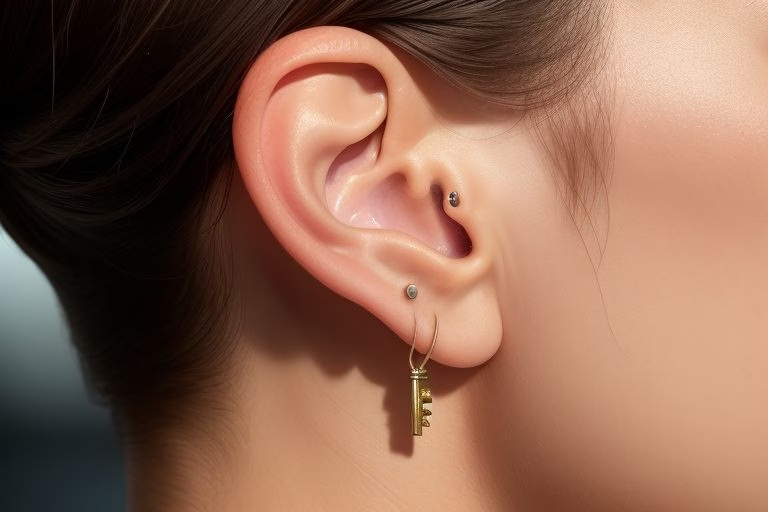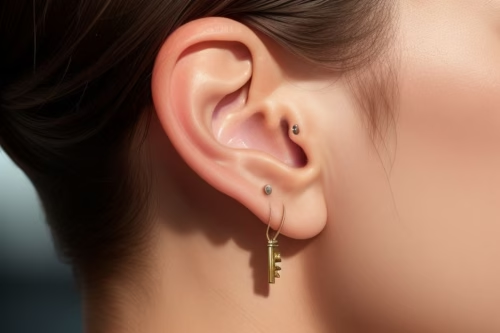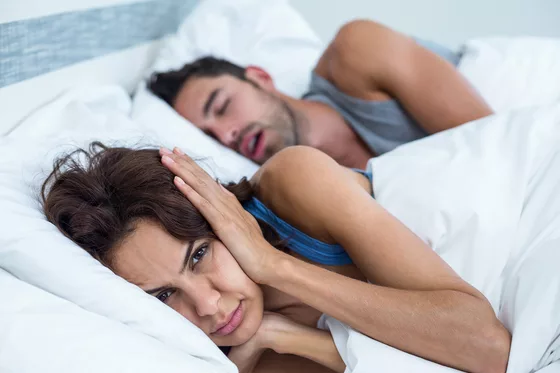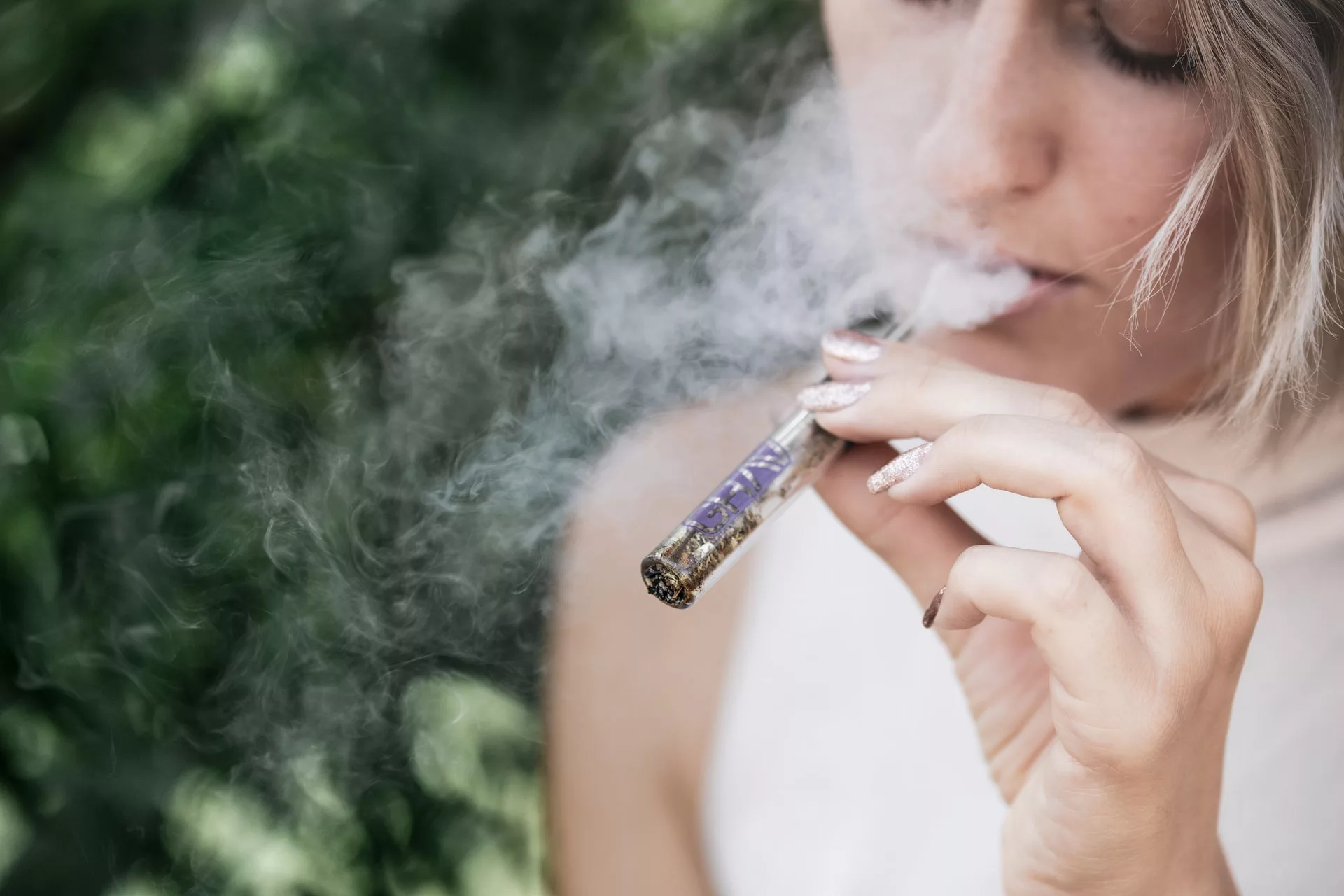
Have you ever experienced the discomfort of a pimple in ear? Whether it appears on the outer ear, in the ear canal, or behind your ear, these painful, unsightly bumps can be more than just a minor nuisance. In this ultimate guide, we’ll explore the causes, symptoms, treatment options, and prevention strategies for a pimple in ear. With expert insights and actionable tips, you’ll be empowered to take control of your skin and enjoy healthier, clearer ears.

What Is a Pimple in Ear?
A pimple in ear is essentially a small, inflamed spot or bump that forms when hair follicles (pores) in and around your ear become clogged with sebum (natural oil), dead skin cells, and bacteria. Although commonly associated with facial acne, ear acne is surprisingly common due to the high concentration of sebaceous glands in the area.
Pimples can occur in various locations on or around the ear:
- On the outer ear (auricle)
- Inside the ear canal
- Behind the ear
These bumps may appear as whiteheads, blackheads, or pustules and can be accompanied by redness, swelling, and discomfort. Read more about the basics of acne on Wikipedia for additional background.
Common Causes of a Pimple in Ear
Understanding what causes a pimple in ear is the first step in preventing and treating it effectively. Here are some of the most common reasons:
Excess Sebum Production
Sebaceous glands produce sebum to keep your skin moisturized. However, an overproduction of sebum can mix with dead skin cells and bacteria, clogging the pores and leading to acne breakouts. This is especially true during puberty or hormonal fluctuations.
Clogged Pores
When pores become blocked by a buildup of oil and dead skin cells, bacteria can invade, leading to inflammation and the formation of a pimple in ear. Improper cleaning of the ear—especially using cotton swabs that push debris further in—can contribute to this issue.
Bacteria and Dirt
Regular contact with bacteria, dirt, and environmental pollutants (for example, when using dirty earbuds or wearing a hat that traps sweat and oils) can increase the likelihood of developing an ear pimple.
Hormonal Imbalances
Hormonal changes, particularly during puberty, menstruation, or menopause, may lead to an increase in sebum production, increasing the risk of clogged pores and pimple in ear.
Use of Comedogenic Products
Hair care products, makeup, and even certain ear cleaning agents can be comedogenic (pore-clogging), increasing the risk of a pimple in ear. Dermatologists advise opting for products labeled “non-comedogenic” to reduce the risk.
For a deeper dive into acne causes, you may also refer to articles on Healthline and Medical News Today.
Recognizing the Symptoms
Knowing the symptoms of a pimple in ear can help you act early before the breakout worsens. Common symptoms include:
- Redness and inflammation around the ear
- A raised bump or pustule in or around the ear canal
- Pain or tenderness when touching or cleaning the area
- Sometimes, the presence of pus or fluid
If these symptoms worsen or persist, it’s important to seek professional advice to rule out more serious conditions like an ear infection.
How to Treat a Pimple in Ear
Treatment for a pimple in ear can vary based on the severity of the breakout. Below, we explore several treatment options ranging from home remedies to professional care.
Home Remedies
1. Warm Compress
Using a warm compress is one of the easiest ways to help a pimple in ear heal faster. Simply soak a clean washcloth in warm water, wring out the excess, and hold it against the affected area for 10–15 minutes. This helps to open the pores and promote drainage of any pus or debris. Repeat several times daily for best results. For more ideas, check out Prevention’s guide on home treatments.
2. Over-the-Counter Treatments
Topical treatments containing active ingredients like benzoyl peroxide, salicylic acid, and adapalene can be effective in reducing inflammation and killing acne-causing bacteria. Apply a thin layer on the affected area—be cautious not to let the product get deep inside the ear canal. Always follow the product instructions.
- Benzoyl Peroxide helps to kill bacteria and reduce inflammation.
- Salicylic Acid works to exfoliate the skin and unclog pores.
- Adapalene is a retinoid that promotes skin cell turnover.
For further reading on acne treatments, Health.com offers excellent insights.
3. Tea Tree Oil
Tea tree oil is known for its antibacterial properties. Dilute a few drops in a carrier oil (like coconut or jojoba oil) and apply gently with a cotton swab on the pimple in ear. However, avoid using tea tree oil in high concentrations as it may irritate sensitive skin.
4. Avoid Popping or Picking
Although it can be tempting, popping a pimple in ear is not advised. Popping can push bacteria deeper into the skin, leading to infection and potential scarring. Instead, let the pimple heal naturally or seek professional assistance if it becomes too painful.
Professional Treatments
If home remedies aren’t effective or the pimple in ear worsens, consider seeing a dermatologist or an ear, nose, and throat (ENT) specialist. Professional treatments may include:
- Prescription Medications: Topical or oral antibiotics to reduce bacterial infection, or retinoids for severe acne.
- Incision and Drainage: A dermatologist may perform a sterile extraction if the pimple is large or deeply inflamed.
- Cortisone Injections: For particularly painful or cystic pimples, a steroid injection may reduce inflammation quickly.
Always consult a professional for any breakthrough that doesn’t improve within a week or shows signs of infection.
Preventing a Pimple in Ear
Preventing a pimple in ear is as important as treating one. Here are some tips to help keep your ears clear and healthy:
1. Maintain Proper Hygiene
- Regular Cleaning: Gently wash your ears with a mild cleanser while showering. Avoid inserting cotton swabs into the ear canal as they can push dirt and wax deeper.
- Clean Accessories: Frequently clean earbuds, headphones, and any jewelry that comes in contact with your ears. This minimizes the transfer of bacteria and dirt.
2. Choose Non-Comedogenic Products
Select hair care and skin care products that are labeled as non-comedogenic. This helps prevent pore clogging in the sensitive ear area.
3. Limit Ear Wax Removal
While ear wax plays a protective role, too much buildup can lead to clogged pores. Use safe ear drops to soften wax if needed, but avoid over-cleaning with Q-tips, which can cause irritation and push wax further in.
4. Manage Stress and Hormonal Changes
Stress and hormonal fluctuations can increase sebum production. Incorporate stress management techniques such as exercise, meditation, or yoga into your routine to help balance hormone levels and reduce the risk of breakouts.
For additional prevention tips, check out expert advice from Real Simple.
Debunking Common Myths About Pimple in Ear
Myth 1: You Should Pop It Immediately
Many people believe that popping a pimple in ear will make it go away faster. In reality, popping can cause the infection to spread and increase the risk of scarring. Always let it heal naturally or seek professional help.
Myth 2: It’s a Sign of Poor Hygiene
While poor hygiene can contribute to ear acne, even those who maintain excellent cleanliness can develop a pimple in ear due to hormonal changes or genetic factors.
Myth 3: Ear Acne Only Happens to Teenagers
Ear acne can occur at any age. Hormonal fluctuations in adults, especially during menstrual cycles or menopause, can also lead to breakouts in the ear area.
Understanding these myths can help you take a more informed approach to treating and preventing a pimple in ear.
Lifestyle and Dietary Changes to Support Clearer Skin
In addition to direct treatments, your overall lifestyle and diet play a crucial role in skin health. Consider these holistic tips:
Diet and Nutrition
- Antioxidant-Rich Foods: Incorporate fruits and vegetables high in antioxidants, such as red berries, citrus fruits, tomatoes, and leafy greens. Antioxidants help reduce inflammation and promote skin repair.
- Omega-3 Fatty Acids: Foods rich in omega-3s (such as salmon, walnuts, and flaxseeds) can help regulate sebum production and reduce inflammation.
- Hydration: Drinking plenty of water helps flush toxins from your body and keeps your skin hydrated.
Stress Management
- Exercise: Regular physical activity not only boosts your overall health but also helps regulate hormones and reduce stress levels.
- Mindfulness and Meditation: Practices like meditation and deep breathing exercises can reduce stress, which in turn may help prevent acne flare-ups.
Sleep
A good night’s sleep is essential for skin repair and regeneration. Aim for 7-8 hours of quality sleep each night to help your body heal and reduce the occurrence of breakouts.
For more on diet and skin health, Healthline offers insightful resources.
Frequently Asked Questions
Q1. How long does a pimple in ear typically last?
A pimple in ear usually takes anywhere from a few days to a week to heal. However, if it becomes infected or worsens, it may take longer and require professional treatment.
Q2. Can I use cotton swabs to clean my ear?
No! Cotton swabs can push ear wax and debris deeper into the ear canal, potentially clogging pores further and causing a pimple in ear. Instead, use a gentle cleanser on the outer ear and let natural cleaning processes do their work.
Q3. When should I see a doctor?
If the pimple in ear becomes increasingly painful, shows signs of infection (such as pus or spreading redness), or does not improve within a week, consult a dermatologist or an ENT specialist for a proper evaluation.
Q4. Can wearing earbuds cause ear acne?
Yes. Frequent use of earbuds can trap sweat, oil, and bacteria around your ear, leading to a pimple in ear. Ensure you clean your earbuds regularly and give your ears a break from prolonged use.
Expert Tips and Final Thoughts
Dealing with a pimple in ear can be frustrating, but armed with the right knowledge and tools, you can effectively manage and prevent these breakouts. Remember these key tips:
- Clean gently and regularly
- Avoid popping or picking
- Use non-comedogenic products
- Incorporate healthy lifestyle habits
By following these recommendations, you’ll not only clear up your current breakout but also reduce the chances of future occurrences. If ever in doubt, seek professional help to ensure you’re treating the issue correctly.
For more detailed insights on ear health and skin care, consider visiting reputable sites like Mayo Clinic and WebMD.
A pimple in ear may be an unwelcome guest, but with the right approach, it doesn’t have to disrupt your life. From home remedies like warm compresses and over-the-counter treatments to professional interventions when needed, there are plenty of options available. With proper prevention techniques and a focus on overall health and hygiene, you can keep your ears—and your skin—in top condition.
Implement these tips today and experience the relief of clear, healthy ears. And remember, if your breakout persists or worsens, always consult a healthcare professional for personalized advice.
For further reading on managing acne and ear-related skin issues, check out this excellent guide on Verywell Health and explore more expert-backed content on Real Simple.



